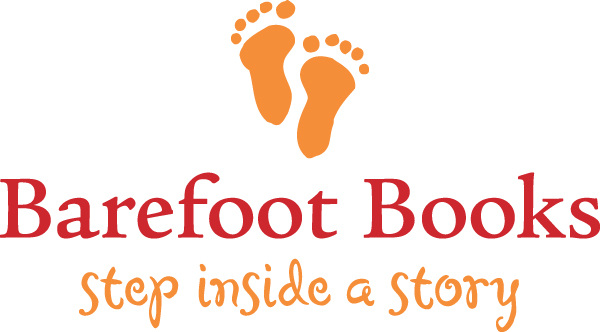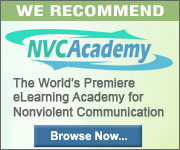On April 13th, I went to Richard Louv’s talk where he gave a short presentation, took questions, and signed books. Louv opened by talking about our relationship with nature - its importance and many benefits - and how our relationship with nature is changing. Louv spoke specifically about sustainability and how its connected with his work. Louv also discussed his work and hopes for the future.
Importance and Benefits of Nature- Interspecies interaction has many benefits for people - many studies have shown the calming effects that domestic pets have; the example of therapy dogs. The same could be said of relationships with wild animals in nature.
- Nature is one of the few tools that can be used as both prevention and therapy in medicine
- Glenn Albright has proposed that nature itself can provide protection from the psychological effects of climate change. Children are more likely to know the lost of nature before they ever have the chance to experience its beauty. In the future, how can we expect to raise a generation that will protect and conserve nature if they have never experienced its beauty first hand and not developed a relationship and appreciation for it
- humans most preferred image is the landscape; specifically the savannah
Our changing relationship with natureLouv says that there is a for hypervigilance and a time for mindfulness. We should not live in a constant fear hypervigilance. Relationships with nature might be based on fear rather than mindfulness and awareness.
Louv believes that sustainability is most often associated with energy efficiency - a sort of breaking even but conservation and sustainability is no longer enough. We must create new nature to counteract the effects of climate change and the human impact on the environment and biodiversity.
One example of “creating new nature” is the backyard wildlife habitat and the Homegrown National Parks movement by David Suzuki in Canada. These projects use native or native-like plants and human created micro-environments to support local wildlife; for example, bringing back butterfly migration routes.
In educationThere is a need for more natural experience, as Louv discusses in his books
Last Child in the Woods: Saving Our Children From Nature-Deficit Disorder and
The Nature Principle: Reconnecting with Life in a Virtual Age.
Louv expressed concern over the new trend of gamification - transforming education using video games. While this could get rid of testing as we know it (heavy focus on standardized testing), it would replace it with stealth monitoring; using ebooks to track how many pages students have read. While Louv emphasized that he is not anti-technology he advocates that for every dollar invested in technology we should put one into nature and nature education. “The more technology in our life, the more nature we need to keep the balance.”
The FutureLouv concluded on an optimistic note by encouraging us to focus on the positive. It’s about to talk about the struggles and injustices,
but we must paint a picture of a world people want to go to. We must point to our ideals of what the world should and can be instead of what we don’t like. Using positive imagery rather than negative; rather than focusing on what we don’t want, we need to envision the world with the things we do want.





 RSS Feed
RSS Feed